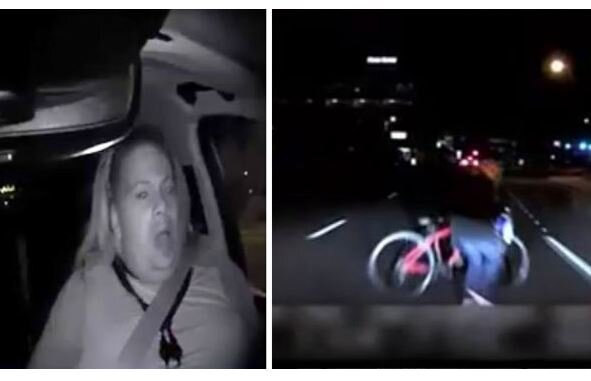
The “promise” of “autonomous vehicles” is still not even a promise. It is a risky dream that may eventually be done, like going to the moon. If and when it does, it will change everything.
I was caught up in such a promise once, when I worked on a secret Space Shuttle project. It was so exciting. Promising. Who at the time didn’t look forward to what the Space Shuttle would do to lift not only experiments, a phenomenal telescope, and real people into orbit, but by doing so, put us all there? And eventually, it delivered. But the rush – in all senses of the word – was not without tragedy that could have, and should have, been avoided. Warnings about o-rings ignored…then Challenger. Loose foam and impact resistance concerns ignored…then Columbia. Feverish optimism that Columbia, damaged on takeoff, would survive reentry boiled away the rescue mission option. I refused to take a consolation assignment to Saudi Arabia, and ended up in law school. But that was a much smaller price to pay than the astronauts, their family, and all the others who loved them did.
Autonomous vehicles will operate in an environment as hostile and complex as space; perhaps more so, given the sheer number of people who roll around the planet. Unless and until one uniform AV command and control system is adopted (unlikely), that reality will persist. Yet, a uniform system poses hacking concerns. Everyone turn together…NOW! Our enthusiasm has a long and winding way to go before becoming utopian reality.
Yesterday, we learned from numerous news sources that the NTSB has determined that the Uber “self-driving” car that killed Elaine Herzberg in Arizona in 2018 as she crossed the road on her bicycle, was not able to recognize or respond to the presence of jaywalkers. Yet, the promise of a safe design had lured the “safety driver” into complacency: She was watching a talent show (The Voice) on her phone when she struck the cyclist. The car was a Volvo. Yet, Uber had turned off Volvo’s built-in automatic braking system because of a potential conflict with the Uber “self-driving” technology. In Uber’s enthusiasm to push forward with its program (and, no doubt, the good P.R. it hoped to gain from it), this cash-rich but vastly unprofitable company failed to check off numerous safeguards, lacked a safety plan, lacked dedicated safety staff, and had poor operating procedures. Five months before it killed Ms. Herzberg, Uber went from two “safety” drivers to one. As most of the general public doesn’t know, Uber had two prior crashes of a similar type, and thirty-seven self-driving car crashes in the prior 17 months. Nor are we being told when a self-driving car is barreling down the road at us. Uber dutifully thanked the NTSB for the thorough analysis that Uber either did not do or did not heed before sending a blind and massive projectile down the roads of Arizona.
The final crash report will be available from the NTSB on November 19th. But the message here is clear. As a society, we must remain excited about the promise of progress, but we must post a careful watch over industry. For better or worse, we the people have a three-branch government, which is us, and whose main job is to protect us – very often, from ourselves, whether we are directly involved in development or mere cheerleaders of progress. The shuttles, the 737 MAX, autonomous vehicle development, are all examples of the importance to us all of creating incentives – whether through regulatory oversight or accountability in our courts – to temper our enthusiasm with a sober appreciation for the laws of unintended consequences; whether resulting from ignorance, negligence, poverty, greed or even our best intentions and most hopeful promises.
